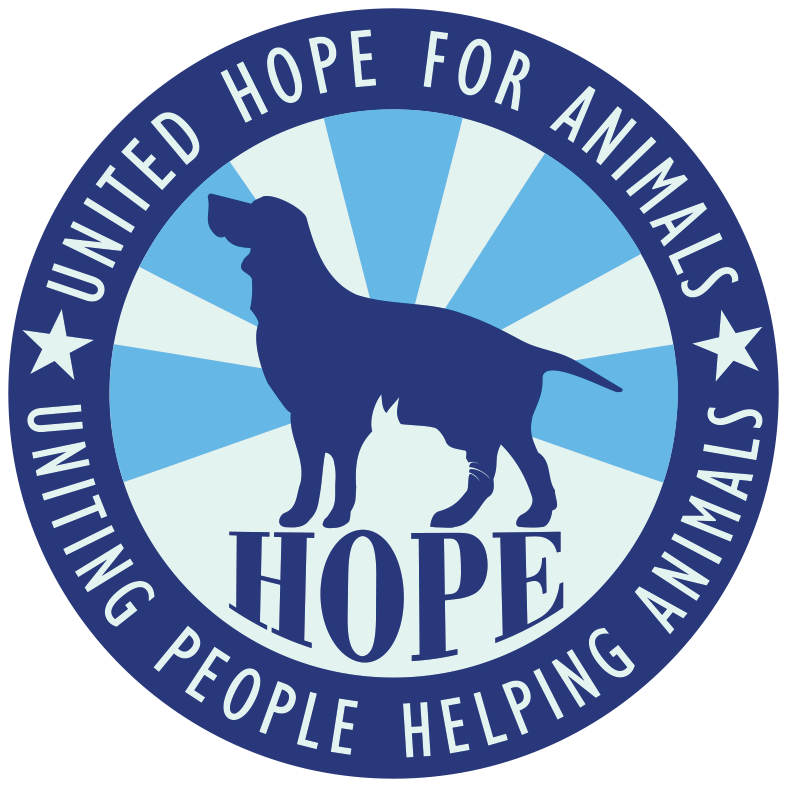What is Canine Rivalry?
Canine rivalry refers to repeated conflicts between dogs living in the same household. Animals that live in social groups establish a social structure within that group. This social structure is hierarchical and dogs determine their place in the hierarchy through control of and access to various resources, such as food, toys and attention from people. A stable hierarchy in which each individual knows and accepts his rank provides dogs with a sense of comfort and belonging. Conflicts arise between household dogs when there is instability in the social structure; that is, when the ranking of each dog is not clear or is in contention. Dogs may warn each other initially by snarling, growling or snapping, but not causing injury. However, the conflict may sometimes intensify into prolonged bouts of dangerous fighting, which may result in one or both dogs being injured.
Getting Professional Help
Ongoing canine rivalry is potentially dangerous. Dogs or human family members could be severely injured as a result of fighting. Because resolving rivalry problems requires managing the dogs’ somewhat complex social behaviors, it’s often necessary for owners to obtain assistance from a professional animal behaviorist. Certified animal behaviorists are trained to observe, interpret and modify animal behavior.
Why Conflict Occurs
Conflicts between household dogs develop for a wide variety of reasons.
- A new animal has been introduced to the household.
- A resident animal has died or no longer lives in the house.
- A resident animal is re-introduced after an absence.
- A young dog reaches social maturity, which is usually between 10 months and 2 years of age, and challenges the established higher-ranking dog.
A high-ranking dog ages or becomes ill and cannot maintain his higher status. Understanding Status Seeking Behavior and Social Structure. The dogs’ positions in the hierarchy are determined by the outcome of their interactions. The results of this complex and dynamic process will depend on the dogs themselves, without regard to your preferences. Any attempt on your part to interfere may result in increased conflict.
How dominance is established: Dogs usually determine their social ranking through a series of behaviors, which include body postures and vocalizations that don’t result in injury. Examples of these behaviors are one dog “standing over” another by placing his paws or neck on the shoulders of the other, mounting, lip licking or rolling over onto the back. Some dogs may take toys away from other dogs, insist on being petted first or exercise control over other resources. However, because of past experiences, inadequate socialization or genetic tendencies, some dogs may escalate these displays into aggression with very little warning.
The Social Structure: Do not attempt to influence or define the dogs’ rankings by treating them equally or by preventing a higher-ranking dog from asserting his position over another dog. The social hierarchy of the dogs is dynamic and complex, so even attempts to “support the dominant dog” may be counter productive. The dogs should be allowed to determine control of resources, such as toys and favorite sleeping places, amongst themselves. As much as possible, refrain from interfering in the dogs’ interactions with each other. But most importantly, establish yourself at the top of the hierarchy. Practicing “Nothing in Life is Free” is an easy and non-confrontational way to establish leadership by taking ultimate control of all resources the dogs find valuable. If your position as leader is clear, it will help the dogs sort out their lower places in the social structure more peacefully.
Breaking up a fight: If you need to break up a fight, do so by squirting the dogs with water or making a loud noise to try and interrupt them. Never attempt to break up a dog fight by grabbing the dogs by their collars or getting any part of yourself in between them. Touching dogs while they are fighting can result in what is called “redirected aggression,” where a dog may bite you because he thinks you are part of the conflict. If you’ve had a dog fight, please call our dog behavior helpline or contact your veterinarian for a referral to a professional animal behaviorist.
What You Can Do To Help
- If the dogs involved are intact males or females, spay or neuter both dogs.
- Make sure that all of the humans in your household are at the top of the hierarchy by practicing “Nothing in Life is Free.”
- Establish fair rules and enforce them consistently. This helps all the dogs feel more secure and also reinforces your role as leader.
- With the help of a professional animal behaviorist, elicit and reinforce non-aggressive behaviors using counter-conditioning and desensitization techniques. These procedures must be designed and tailored to specifically meet the needs of each individual case and require professional in-home help.
- Punishment will not resolve the issue and can actually make it worse.
You should be aware that if you respond to this type of problem inappropriately, you run the risk of intensifying the problem and potentially causing injury to yourself and/or your dogs.
Photo Credit: Uberphot

